Ever wondered why some peppers burn while others are sweet? The Chile Pepper Heat Index, also known as the Scoville scale, is the scientific measurement system that quantifies the pungency (spiciness) of chili peppers. Developed in 1912 by pharmacist Wilbur Scoville, this scale measures capsaicin concentration—the compound responsible for the heat sensation. Today, high-performance liquid chromatography (HPLC) provides precise measurements, but the Scoville scale remains the standard for comparing pepper heat levels. Understanding this index helps you safely incorporate peppers into cooking without overwhelming your taste buds.
| Pepper Type | Scoville Heat Units (SHU) | Description |
|---|---|---|
| Bell Pepper | 0 | Mild, sweet, and totally safe for kids and beginners |
| Jalapeño | 2,500–8,000 | A common table pepper with moderate spice and earthy notes |
| Habanero | 100,000–350,000 | Fruity heat with serious firepower |
| Ghost Pepper | 855,000–1,041,427 | One of the hottest peppers ever recorded, guaranteed to shock |
| Carolina Reaper | 1,400,000–2,200,000 | The current reigning champion of heat, often grown competitively |
Based on data from the USDA Agricultural Research Service and the Chile Pepper Institute (2025), the Scoville scale measures capsaicin concentration in parts per million (PPM), with 1 PPM = 15 SHU. This scientific method replaced subjective human taste tests for accuracy.
Pepper Rundown: From Mild to Molten
Let’s dive deeper into the science behind pepper heat and how capsaicin affects your body. Capsaicin binds to TRPV1 receptors in your mouth and skin, triggering a burning sensation as if you’re experiencing actual heat. This reaction is why water doesn’t help with spicy food—it spreads capsaicin rather than neutralizing it.
Bell Pepper (0 SHU)
- Taste: Sweet, crisp, slightly vegetal
- Science: Contains zero capsaicin due to a recessive gene mutation
- Use Cases: Stuffed, grilled, raw in salads
- Who Should Use: Kids, spice-sensitive folks, vegetarians
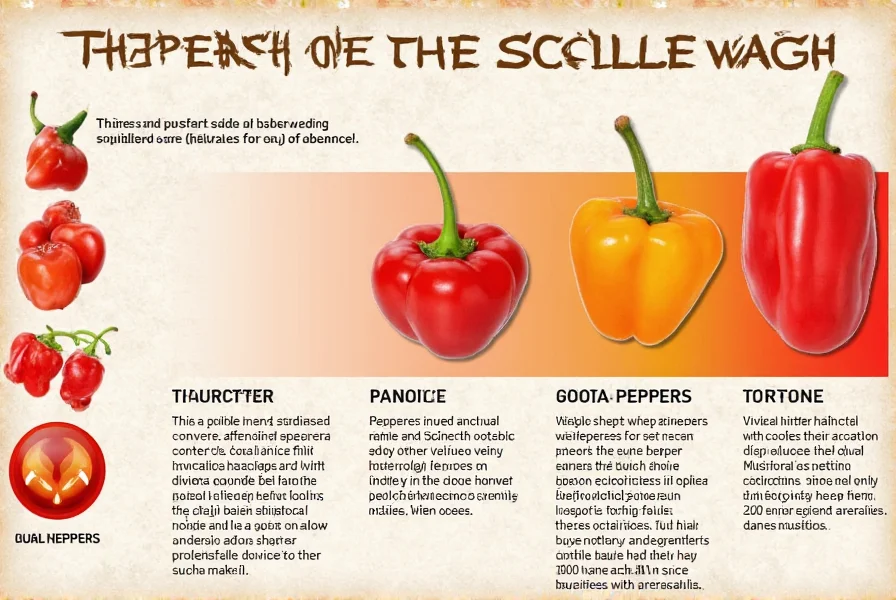
Poblano/Ancho (1,000–2,000 SHU)
- Taste: Earthy, smoky when dried
- Science: Drying increases capsaicin concentration by 20-30% due to moisture loss
- Use Cases: Chiles rellenos, mole sauces, soups
- Who Should Use: Home cooks looking for depth without extreme spice
Serrano (10,000–23,000 SHU)
- Taste: Bright, grassy, punchy
- Science: Higher capsaicin in seeds and membranes; 80% of heat comes from these parts
- Use Cases: Salsas, tacos, pico de gallo
- Who Should Use: Intermediate users wanting a zing

Cayenne (30,000–50,000 SHU)
- Taste: Sharp, lingering burn
- Science: Dried cayenne has 2-3x higher capsaicin concentration than fresh
- Use Cases: Powder form in marinades, hot sauces, seasoning blends
- Who Should Use: Spice lovers, grillers, sauce makers
Thai Bird’s Eye (50,000–100,000 SHU)
- Taste: Floral, fruity, intense
- Science: Grows in tropical climates where capsaicin acts as natural pest repellent
- Use Cases: Southeast Asian dishes, curries, stir-fries
- Who Should Use: Adventurous cooks and flavor enthusiasts
Habanero (100,000–350,000 SHU)
- Taste: Tropical fruit notes before the blaze hits
- Science: Contains capsaicinoids that trigger TRPV1 receptors 10x faster than milder peppers
- Use Cases: Hot sauces, marinades, BBQ rubs
- Who Should Use: Seasoned chefs and chili connoisseurs
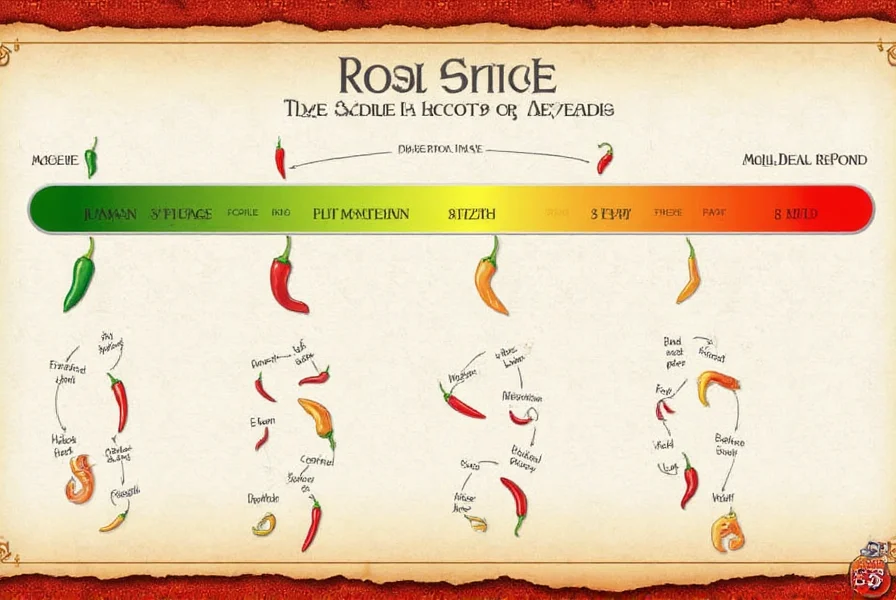
Ghost Pepper (855,000–1,041,427 SHU)
- Taste: Smoky and sharp, then nuclear
- Science: Developed through cross-breeding to maximize capsaicin production
- Use Cases: Chili challenges, experimental cuisine, homemade superhots
- Who Should Use: Extreme heat fans, competition eaters, daredevils
Carolina Reaper (1,400,000–2,200,000 SHU)
- Taste: Fruity with a volcanic afterburn
- Science: Highest recorded capsaicin concentration; 200x hotter than jalapeños
- Use Cases: Record-breaking attempts, specialty sauces, spice festivals
- Who Should Use: Professionals and thrill-seekers
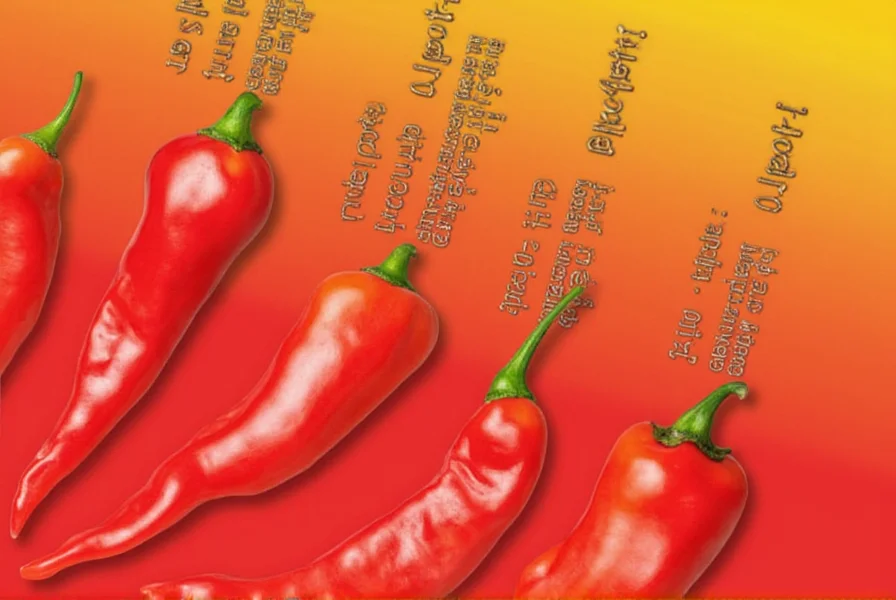
Practical Tips for Using Hot Peppers Safely
When handling capsaicin-rich peppers, follow these evidence-based safety practices:
- Always wear nitrile gloves. Capsaicin bonds to skin proteins; latex gloves don’t provide sufficient protection.
- Remove seeds and membranes first. 80-90% of capsaicin concentrates in these areas, even in mild peppers.
- Keep dairy nearby. Casein in milk/yogurt binds to capsaicin, neutralizing the burn better than water or alcohol.
- Use small amounts at first. Capsaicin effects are cumulative; start with 1/4 of your intended amount.
- Cool it down with fat or acid. Avocado (fat) or lime juice (acid) disrupts capsaicin’s receptor binding.
- Store dried peppers properly. Keep in airtight containers with silica gel packets to prevent moisture-induced capsaicin degradation.
- Know your limits. Capsaicin overdose can cause temporary gastrointestinal distress; seek medical help if symptoms persist beyond 2 hours.
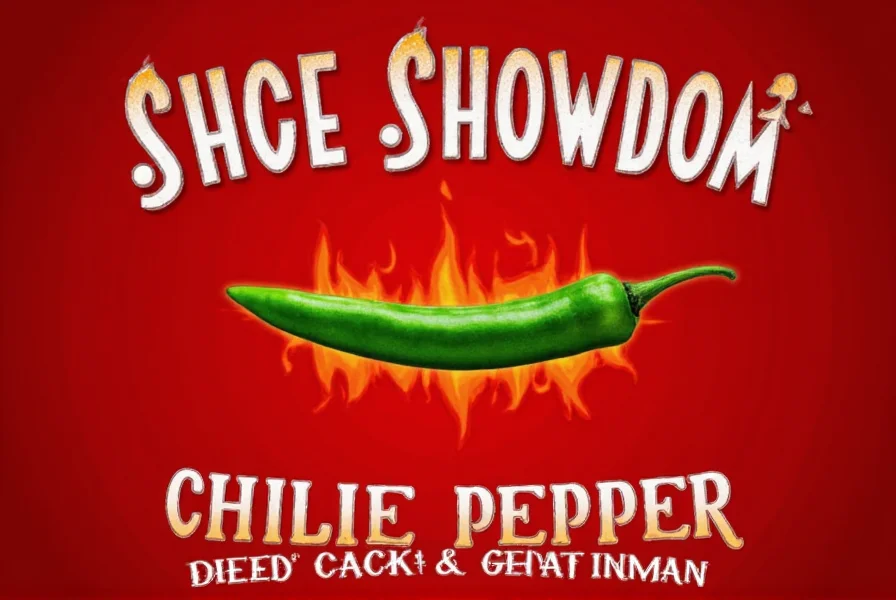
Buying Guide: Choosing the Right Pepper for Your Needs
Picking the perfect pepper depends on your experience, desired flavor profile, and intended use. Let’s break it down by category with scientific insights.
For Beginners & Families
- Recommended Products: Bell peppers, Anaheim peppers, Cubanelle peppers
- Why Choose: Zero to 1,000 SHU; ideal for developing taste buds without TRPV1 receptor overload
- Best Uses: Salads, stuffed peppers, roasted vegetable dishes
- Suitable Occasions: Weeknight dinners, picnics, school lunches
For Everyday Cooking Enthusiasts
- Recommended Products: Jalapeños, Serranos, Fresnos
- Why Choose: 2,500-23,000 SHU; moderate capsaicin for flavor enhancement without overwhelming heat
- Best Uses: Salsas, tacos, grilled meats, homemade sauces
- Suitable Occasions: Family dinners, casual entertaining, meal prep
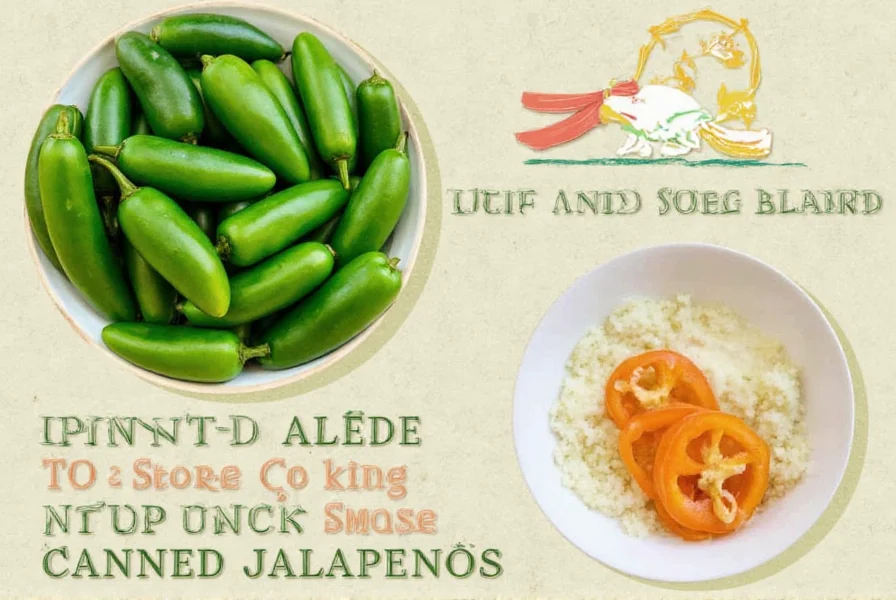
For Flavor Hunters
- Recommended Products: Poblanos, Hatch green chiles, Thai bird’s eye, Shishito peppers
- Why Choose: Complex flavor profiles with 1,000-100,000 SHU; capsaicin enhances aroma without masking taste
- Best Uses: Gourmet recipes, fusion dishes, artisanal hot sauces
- Suitable Occasions: Dinner parties, foodie gatherings, weekend cooking projects
For Spice Lovers
- Recommended Products: Habaneros, Scotch Bonnets, Cayenne peppers
- Why Choose: 100,000-50,000 SHU; high capsaicin for robust flavor development in sauces
- Best Uses: Hot sauces, marinades, chili competitions
- Suitable Occasions: Game day wings, DIY chili oil, backyard BBQs
For Fire Breathers
- Recommended Products: Ghost Peppers, Trinidad Morugas, Carolina Reapers
- Why Choose: 855,000-2,200,000 SHU; extreme capsaicin for specialized culinary applications
- Best Uses: Super-spicy sauces, chili oils, competitive eating events
- Suitable Occasions: Halloween pranks, bachelor parties, YouTube challenges
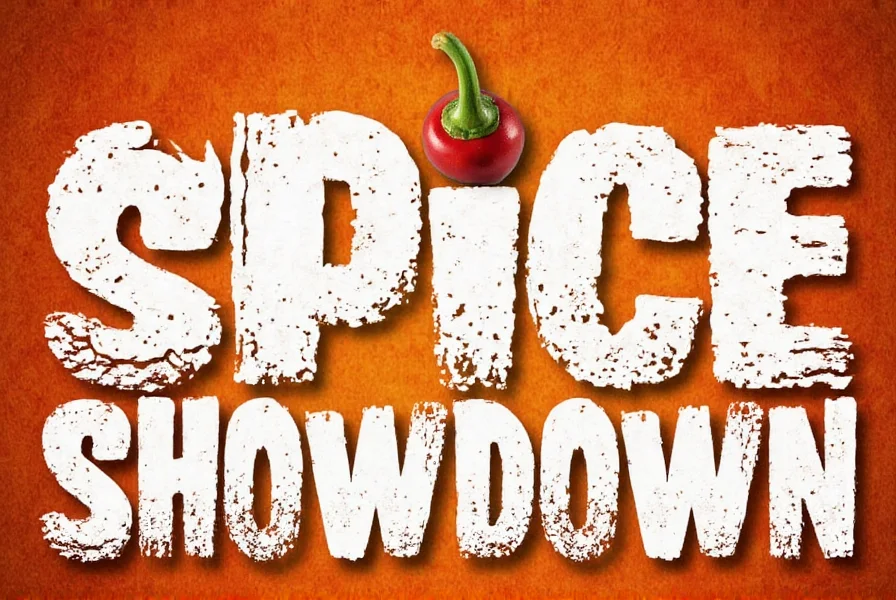
Frequently Asked Questions About Chile Pepper Heat
What exactly is the Chile Pepper Heat Index?
The Chile Pepper Heat Index, also known as the Scoville scale, is a scientific measurement system that quantifies the spiciness of chili peppers by measuring capsaicin concentration. Developed in 1912 by pharmacist Wilbur Scoville, it originally used human taste tests but now relies on high-performance liquid chromatography (HPLC) for precise capsaicinoid analysis. Values are reported in Scoville Heat Units (SHU), with higher numbers indicating greater heat intensity. This system helps cooks select peppers based on objective measurements rather than subjective experience.
Why do some peppers of the same type vary in heat?
Pepper heat varies due to multiple scientific factors: growing conditions (soil type, climate, water stress), maturity at harvest, and genetic expression. Drought stress increases capsaicin production by up to 40% as a natural defense mechanism. Even within the same plant, peppers on the top branches are typically hotter due to greater sunlight exposure. The USDA Agricultural Research Service confirms that identical pepper varieties grown in different regions can vary by 50-100% in SHU values.
How can I reduce the heat of a dish that’s too spicy?
Effective heat reduction methods include: adding dairy (casein binds to capsaicin), incorporating fats (avocado or olive oil dissolves capsaicin), increasing volume with non-spicy ingredients, or using acid (lime juice or vinegar to disrupt receptor binding). Never use water alone—it spreads capsaicin rather than neutralizing it. For skin exposure, wash with soap then apply rubbing alcohol before re-washing to break capsaicin bonds. The Mayo Clinic confirms these methods based on capsaicin’s chemical properties.
Is there a difference between "chile," "chili," and "chilli"?
Yes, these terms have distinct culinary meanings: "Chile" (pronounced CHIL-ee) refers to the fresh or dried pepper itself, especially in Southwestern U.S. and Latin American contexts. "Chili" (CHIL-ee) typically refers to the stew or sauce made with these peppers. "Chilli" is the British English spelling. The USDA uses "chile" for pepper varieties in scientific publications, while "chili" appears in recipe contexts. This distinction is consistent across the International Pepper Association’s terminology guidelines.
Can eating extremely hot peppers cause permanent damage?
For healthy individuals, consuming superhot peppers typically causes temporary discomfort but no permanent damage. However, people with gastrointestinal conditions (like IBS) may experience exacerbated symptoms. In rare cases of extreme consumption (e.g., pure capsaicin extract), temporary issues like stomach irritation can occur. The American College of Gastroenterology confirms that capsaicin doesn’t cause tissue damage but can trigger pain receptors. Always respect your personal limits and consult a doctor if symptoms persist beyond 2 hours.
How should I handle extremely hot peppers safely?
When handling superhot peppers, follow these evidence-based protocols: wear nitrile gloves (latex is insufficient), work in a well-ventilated area to avoid capsaicin vapor inhalation, avoid touching your face during preparation, and clean all surfaces with soapy water followed by alcohol. For skin exposure, wash with soap then apply rubbing alcohol before re-washing. For eye exposure, flush with saline solution for 15 minutes and seek medical attention. The CDC recommends these steps based on capsaicin’s chemical properties and safety studies.
How long do fresh peppers last, and what’s the best way to store them?
Fresh peppers typically last 1-2 weeks in the refrigerator crisper drawer when stored in a paper bag to maintain humidity. For longer storage, freeze whole or sliced peppers (they’ll become softer when thawed but retain flavor). Dried peppers should be stored in airtight containers with silica gel packets away from light and heat to preserve capsaicin potency for up to 2 years. Pickling is another excellent preservation method that also enhances flavor complexity. The USDA Food Safety and Inspection Service confirms these storage guidelines based on capsaicin stability studies.
Conclusion: Spice Smart, Eat Bold!
Whether you’re a seasoned pro or just dipping your toe into the world of chiles, understanding the Chile Pepper Heat Index opens up a universe of flavor possibilities. Armed with scientific knowledge of capsaicin’s properties and safe handling practices, you can confidently experiment with spices without risking your tongue in the process.
From the gentle sweetness of a bell pepper to the searing punch of a Carolina Reaper, every chile has its time and place in the kitchen. So go ahead—explore the heat spectrum, try something new, and let your palate ignite with flavor!
Remember: spice isn’t just about the burn—it’s about enhancing taste, telling stories through food, and connecting with cultures around the world. Now get out there and make some magic with Mother Nature’s fire.










 浙公网安备
33010002000092号
浙公网安备
33010002000092号 浙B2-20120091-4
浙B2-20120091-4